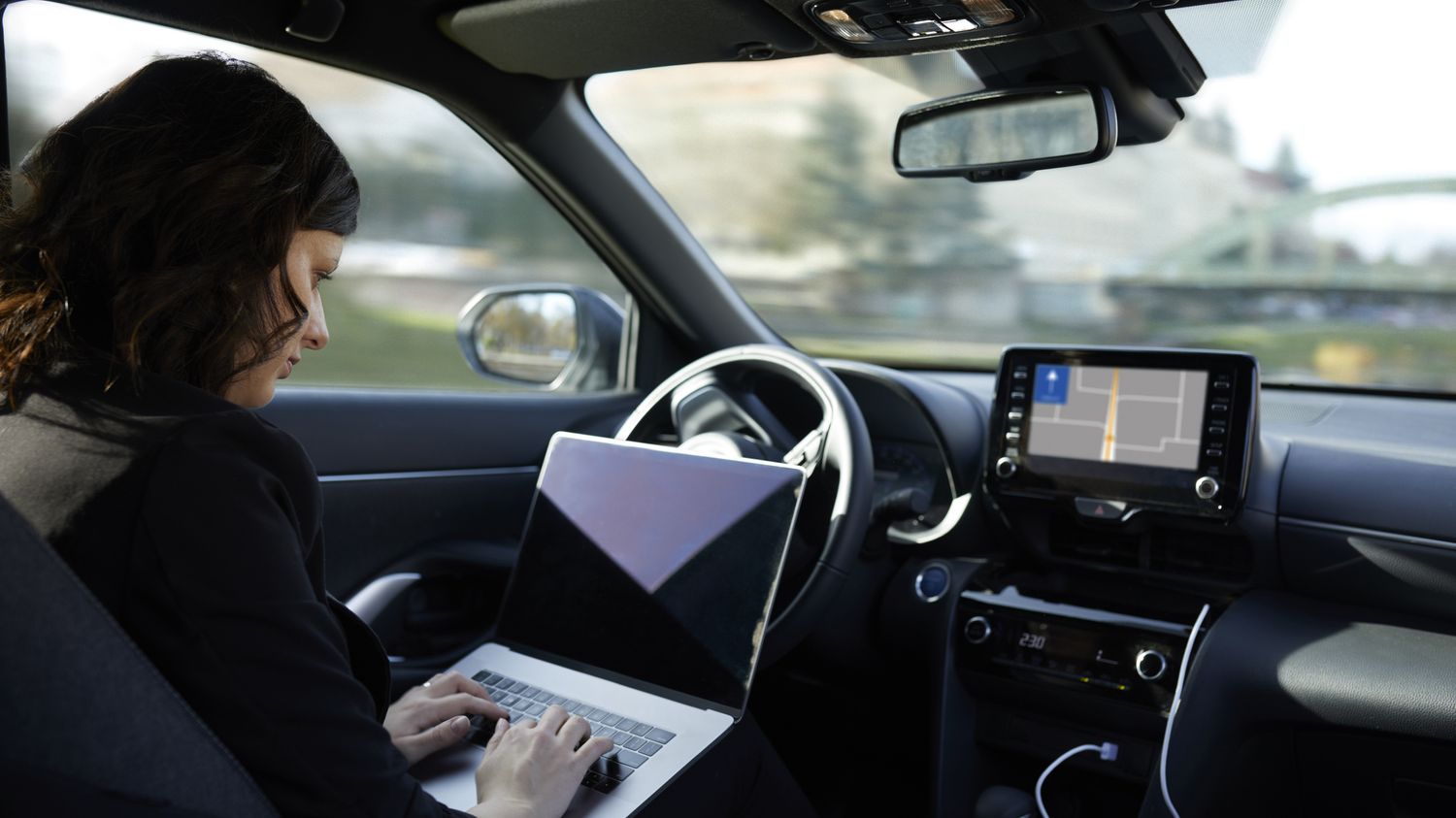One of the great technological challenges of the next few years is the autonomous car: a car that does not need a driver and that will take you, alone, on vacation or to the office.
The technological challenge with the truly autonomous car, when 100% of cars will be autonomous, is zero accidents and zero traffic jams. And it is to make the car a second home: a mobile home in which the notion of driver will disappear, in which the ex-driver will be able to watch a film, write an email, shop on the Internet. He can let go of the steering wheel, and even turn his back to the road if he wishes, because the car will drive on its own, from point A to point B.
Ultimate goal: level 5
So that’s the dream, the ultimate goal: so-called level 5 autonomy. That’s what many manufacturers promised in the short term in the years 2014-2015, but here it is: almost 10 years later, most have put the pedal soft on the subject, even if, of course, research continues.
Today, what most manufacturers in France offer is level 2 semi-autonomous driving, most often as an option for just over €2,000. Concretely, you always need a driver in the left front seat, and he can only let go of the steering wheel for a few seconds, but his driving is assisted by a set of sensors and cameras, associated with GPS and mapping.
The adaptive cruise control slows down in the event of danger, and it accelerates again when possible. The blind spot sensor, if it detects a vehicle that you cannot see, is able to make the car change lanes to avoid an accident. The system can also act on the steering wheel to better corner. On some models, it suffices to activate the turn signal, and the car changes lanes by itself when possible before falling back. In a few months, in Europe, cars will be able to disengage themselves, overtake and fall back. Homologation is in progress, but it remains level 2. You could say 2 +.
The car that drives alone in traffic jams
To find out what is best today, commercially, in terms of automobile autonomy, you have to go to the United States or Germany. These are the first two countries where Mercedes-Benz has homologated the first level 3 cars in the world: from the very top of the range to €100,000 and more.
Concretely, when the driver activates the system called “Drive Pilot“, he can let go of the steering wheel and let the car manage, on two conditions: drive on a highway or expressway type road, protected by a central reservation, and not drive at more than 60 km/h. This system therefore only works, at this stage, in traffic jams.
Finally, it is impossible to talk about autonomous cars without mentioning Tesla. In France, Elon Musk’s electric cars offer the equivalent of level 2. The objective is obviously level 5, although deadlines are constantly being pushed back. In North America, more than 160,000 Tesla drivers are participating in FSD’s self-driving development program, but it will likely take years to get there.
